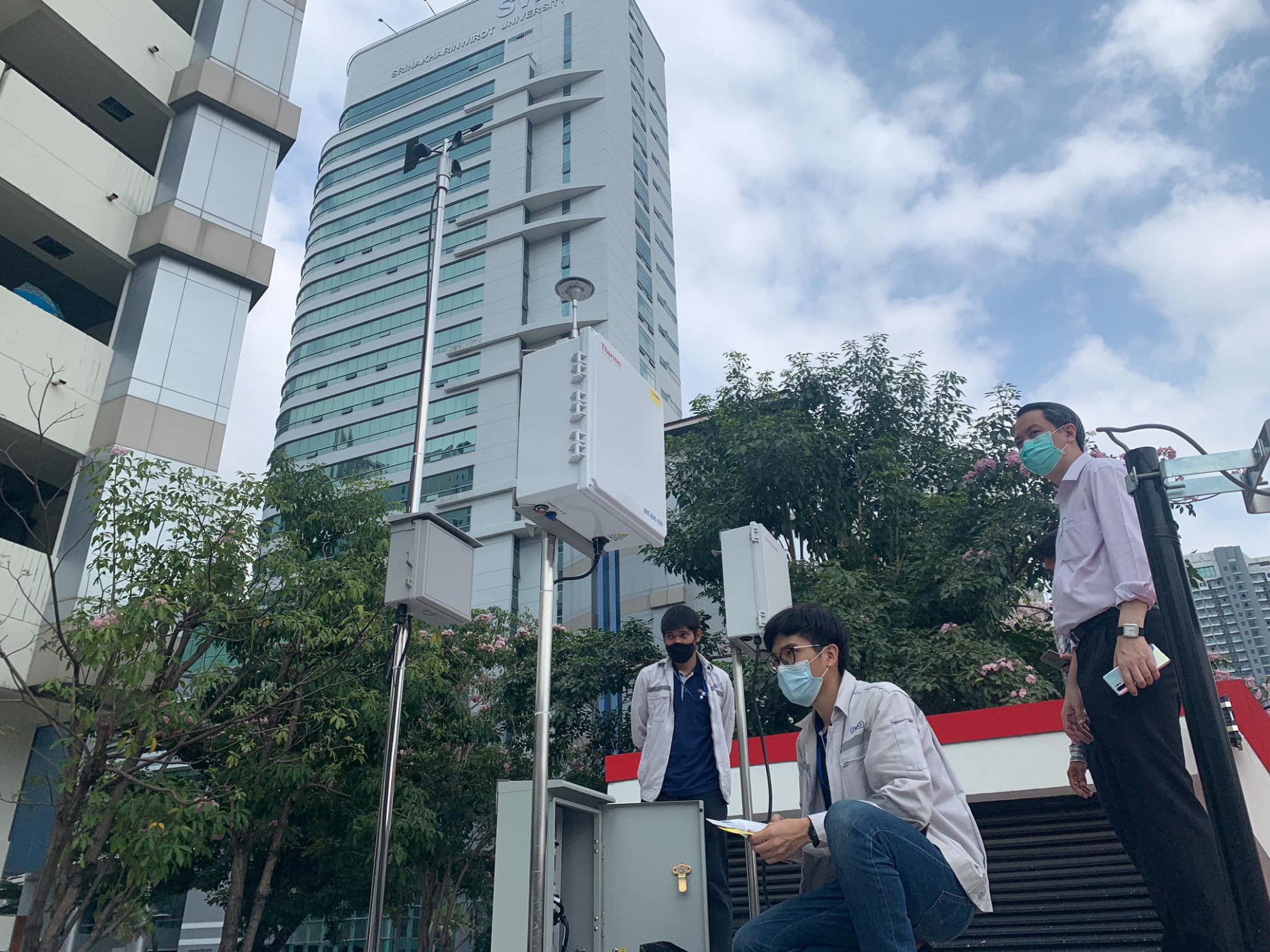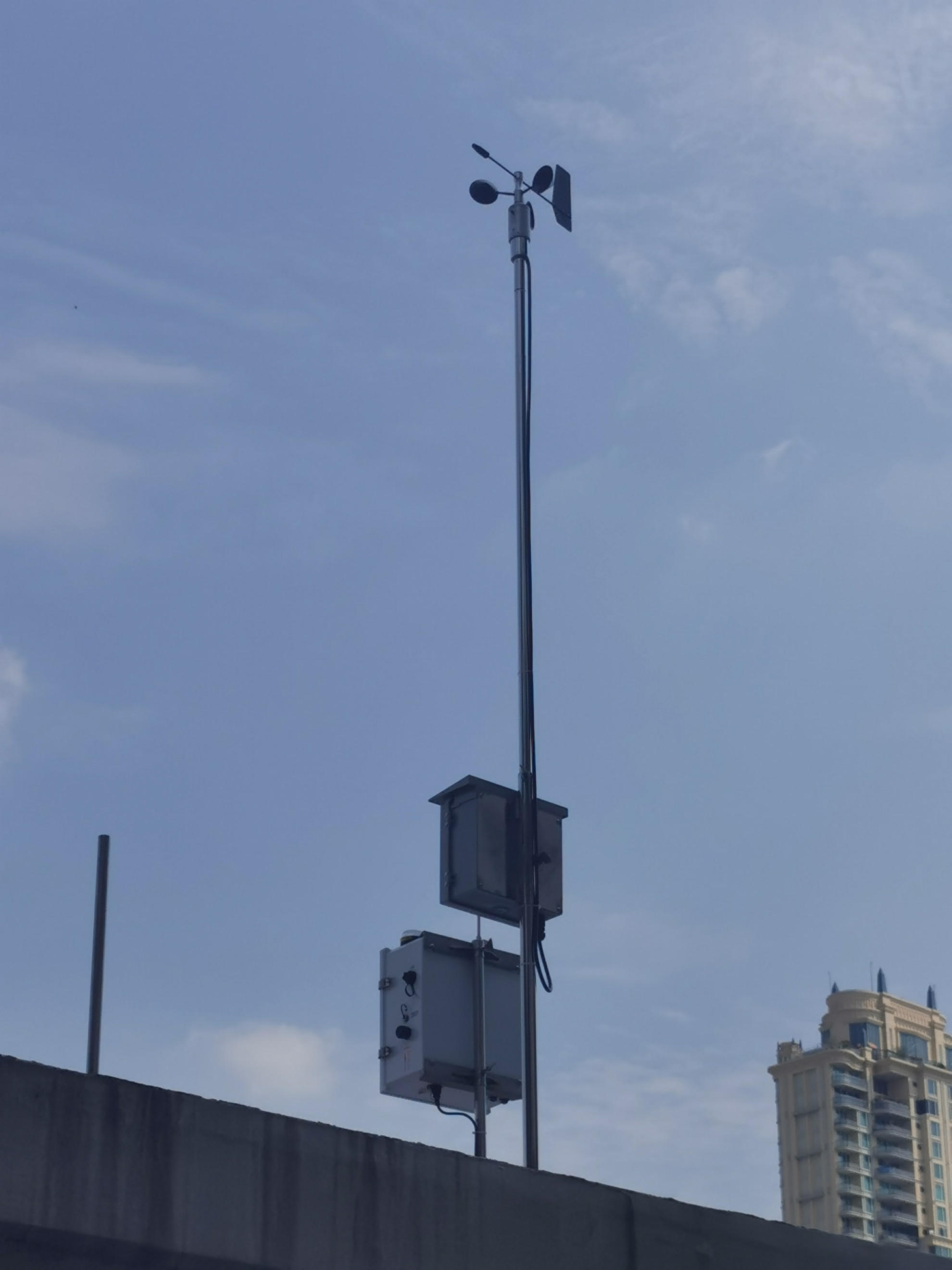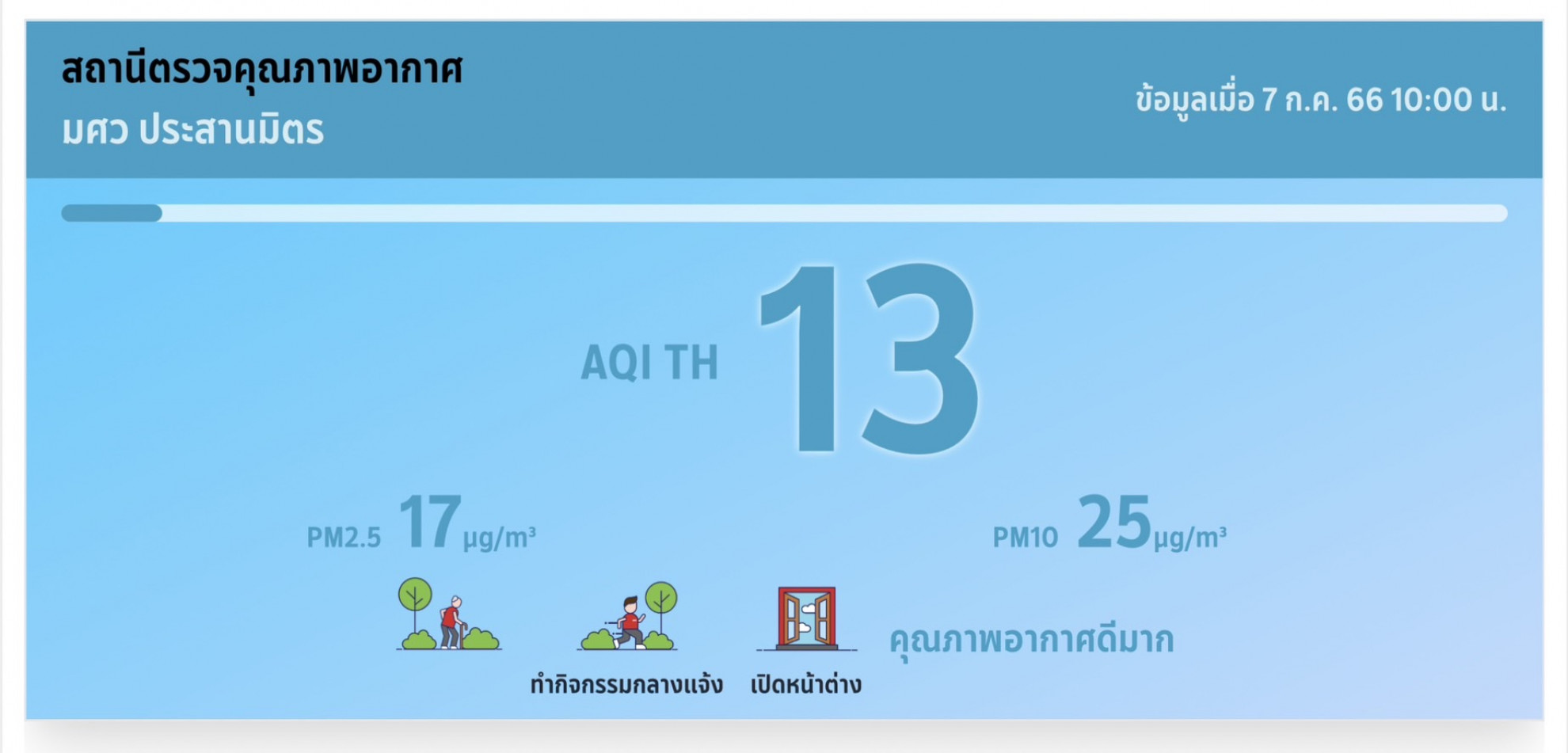





| Target | Indicator | Result |
|---|---|---|

SDG 3
GOOD HEALTH AND WELL-BEING
|
||
| 3.8 Achieve universal health coverage, including financial risk protection, access to quality essential health-care services and access to safe, effective, quality and affordable essential medicines and vaccines for all | 3.8.1 Coverage of essential health services (defined as the average coverage of essential services based on tracer interventions that include reproductive, maternal, newborn and child health, infectious diseases, non-communicable diseases and service capacity and access, among the general and the most disadvantaged population) | The AQI monitoring system established a health surveillance system for the communities around the university. |
| 3.9 By 2030, substantially reduce the number of deaths and illnesses from hazardous chemicals and air, water and soil pollution and contamination | 3.9.1 Mortality rate attributed to household and ambient air pollution | The AQI monitoring system established a health surveillance system for the communities around the university. |

SDG 13
CLIMATE ACTION
|
||
| 13.1 Strengthen resilience and adaptive capacity to climate-related hazards and natural disasters in all countries | 13.1.3 Proportion of local governments that adopt and implement local disaster risk reduction strategies in line with national disaster risk reduction strategies | The AQI monitoring system established a health surveillance system for the communities around the university. |
| 13.3 Improve education, awareness-raising and human and institutional capacity on climate change mitigation, adaptation, impact reduction and early warning | 13.3.1 Number of countries that have integrated mitigation, adaptation, impact reduction and early warning into primary, secondary and tertiary curricula | The AQI monitoring system established a health surveillance system for the communities around the university. |
| 13.b Promote mechanisms for raising capacity for effective climate change-related planning and management in least developed countries and small island developing States, including focusing on women, youth and local and marginalized communities | 13.b.1 Number of least developed countries and small island developing States that are receiving specialized support, and amount of support, including finance, technology and capacity-building, for mechanisms for raising capacities for effective climate change-related planning and management, including focusing on women, youth and local and marginalized communities | |
Since 2020 SWU is located in a central business district (CBD) which has a high air pollution impact. We also see the importance of taking part in guiding society both in built-up awareness and perception from the communities in managing environmental problems and concerning climate change.
Now a day, Faculty of Environmental Culture and Ecotourism (ECE SWU), Srinakharinwirot has a mission & vision to teaching, research and academic services in environmental technology and its management both at the bachelor and graduate's degree, In addition, we also provide services for collect samples for environmental assessment to determine solutions or advice policy recommendations to the government, including the monitoring system in environmental quality and creating awareness of pollution problems.
In 2022, the Faculty of Environmental Culture and Ecotourism has provided an air quality monitors system to collect air quality data and take the data to be processed into an air quality index which we will be able to use the information to reduce environmental impact or use this data for air quality forecast around CBD and SWU communities.
In addition, we try to raise awareness and perception in a correct understanding of the air quality index (AQI) and guidelines for behaving in the presence of air pollution, including establishing a health surveillance system for the communities around the university.
1. provided an air quality monitors system to collect air quality data and take the data to be processed into an air quality index (AQI).
2. use the air quality station and further information to reduce environmental impact.
3. use this data for air quality forecast around CBD and SWU communities to raise awareness and perception in a correct understanding of the air quality index (AQI) and guidelines for behaving in the presence of air pollution.


